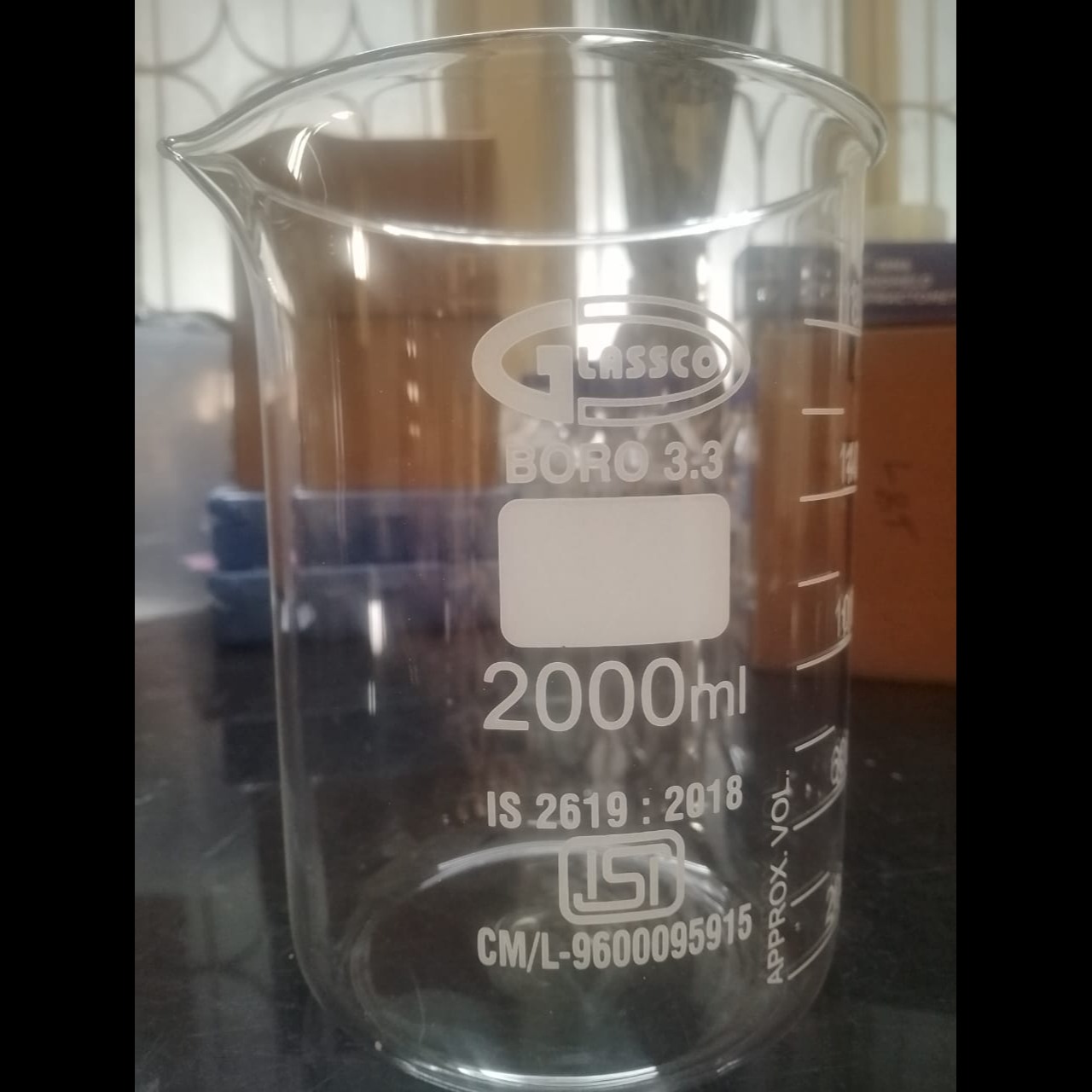
2025-08-29T11:31:49
A laboratory beaker is a cylindrical, open-topped container with a flat bottom, designed to hold, mix, and heat liquids. Most beakers feature a spout for easy pouring, graduated markings for approximate volume measurement, and are typically made from durable borosilicate glass for chemical and thermal resistance. They come in various sizes and can be plastic or glass, serving as a versatile, multi-purpose tool in a scientific laboratoryKey features Material: Most lab beakers are made of transparent borosilicate glass (e.g., Pyrex), which is resistant to thermal shock and chemical corrosion. For specific applications, beakers can also be made of plastic (for chemical resistance and durability) or metal (for high-temperature uses). Graduations: Markings on the side indicate the approximate volume. They are not intended for precise measurements and typically have an accuracy of about ±5–10%. For more accurate measurements, a graduated cylinder or volumetric flask should be used. Spout: A 'beak' or small pouring lip opposite the volume markings allows for easy, controlled pouring of liquids. Versatility: Beakers are distinguished from flasks by their straight, non-sloping sides and wide mouth, which makes them convenient for stirring and adding materials.Common types Low-form (Griffin) beaker: The most common type, with a height about 1.4 times its diameter. Its wide, stable base is ideal for heating on a hot plate. Tall-form (Berzelius) beaker: With a height about twice its diameter, this beaker is taller and narrower. It is useful for titrations and to slow down the rate of evaporation. Flat (Crystallizing) beaker: Also known as crystallizers, these have a very low height-to-diameter ratio and are used for crystallization or heating with a hot-bath.Primary uses Mixing solutions: The wide mouth and straight sides make it easy to stir and combine different chemicals. Heating liquids: Borosilicate glass beakers can be heated over a Bunsen burner (using a wire gauze) or on a hot plate. Holding samples: They serve as temporary, general-purpose vessels for holding and collecting solid or liquid samples during an experiment. Approximate measuring: While not precise, the graduations provide a quick estimate of liquid volume.

Have a question? Ask here!
Required fields are marked *